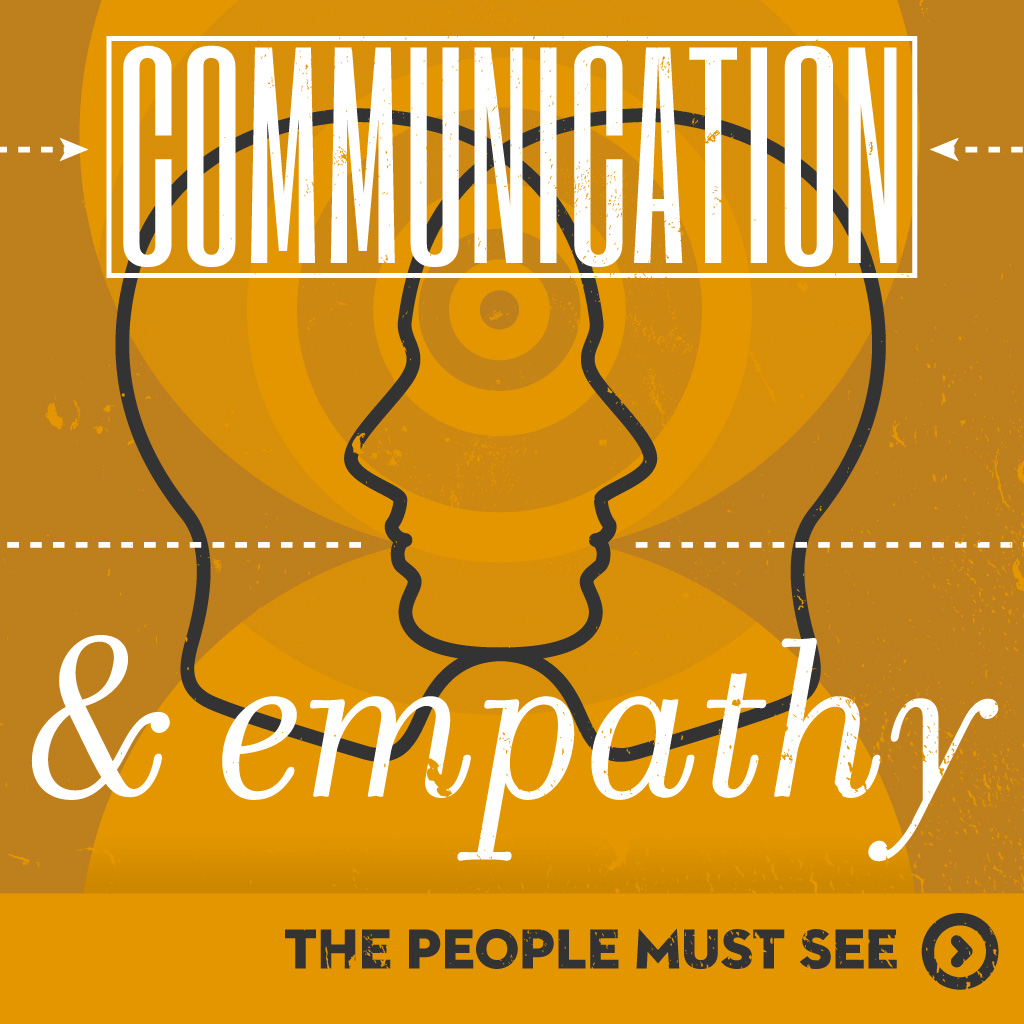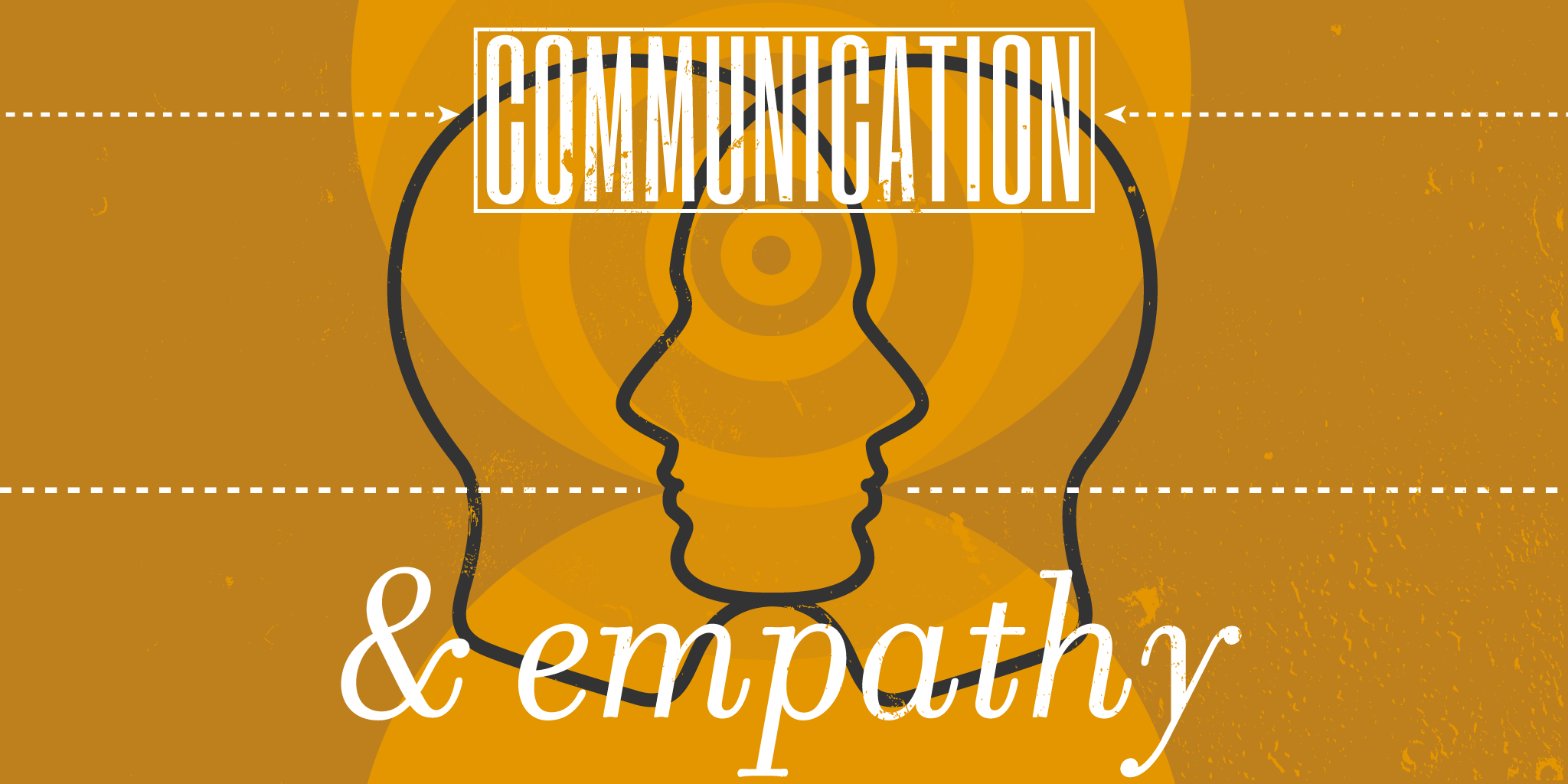Is it Really Brainwashing?
Brainwashing is a heavy term that as marketers we do not like to use without serious consideration. There is certainly a difference between tactics being used to communicate and influence for the purpose of advertising, and using those same tactics to create and control extremism. However, both can be described as: The systematic programming of the brain of another individual to react in a desired manner to a specific message, ideal, opinion, tendency, or inclination.
The difference is mentality. When used honestly, marketing tactics can enhance communication with the public, but when used for dishonest or self serving reasons, the tactics become synonymous with brainwashing, and there is no discernible difference.
A Note from Marketers
Our concern is that the public is unaware that many extreme perspectives have been normalized, resulting in a blind spot that can be abused.
The dictionary definition of brainwashing is: The process of pressuring someone into adopting radically different beliefs by using systematic and often forcible means.
Honest Marketing and Business Development explains that “we often focus on the word ‘force’, imagining a brainwashed individual strapped to a chair in front of flashing images with their eyes taped open. This spycraft image we have, where years later the brainwashed individual hears a code word that triggers their programming, is imaginative for Hollywood, but is not reflective of the true nature of brainwashing in our society”.
With information warfare, which is a form of brainwashing, the tactic is to create the same level of change without the individual ever realizing that they have been influenced or brainwashed. To the brainwashed individual, they don’t believe that their views have changed or that they have adopted a radically different perspective. This is extremely difficult to combat because it is impossible to know the alternate ideals that the same individual would possess without being exposed to the brainwashing influence.
While brainwashing might not be apparent to the individual, the larger trends in public polling show very apparent turns to extremist ideals. This is also reflected in responses to extremism, which by nature is extreme itself in order to be proportionate. Similar to the method for boiling a frog, the public slowly is exposed to more and more extreme ideas, that to the individual, will feel normal as they escalate, due to the slow gradient of change.
Is it extreme to call it brainwashing? Not at all.
The strategy isn’t to convince you that their ideas are right, it is to program you like a computer.

Brainwashing is a systematic programming of the human brain to react to information or cues in a specific desired manner. It is very subtle and highly invasive, and is done with the intent to alter everything from automatic responses to opinions, without the subject ever realizing anything has changed. Because it is nearly invisible, it can be difficult to see where one has been influenced.
Below we explore some of the most common techniques used to manipulate the masses. Having an understanding of these common tactics is helpful when taking an internal inventory, because it highlights the intent of the sources we receive information from.
It is extremely important to make sure that what we think, what we feel, and what we prefer was set based upon our experiences and factual information, not programming from outside entities.
The following techniques are used in dirty marketing, propaganda, and information warfare, three distinctive, yet similar categories that we as marketers have watched degrade into synonymous with brainwashing due to abuse of power in corporations as well as government.
















